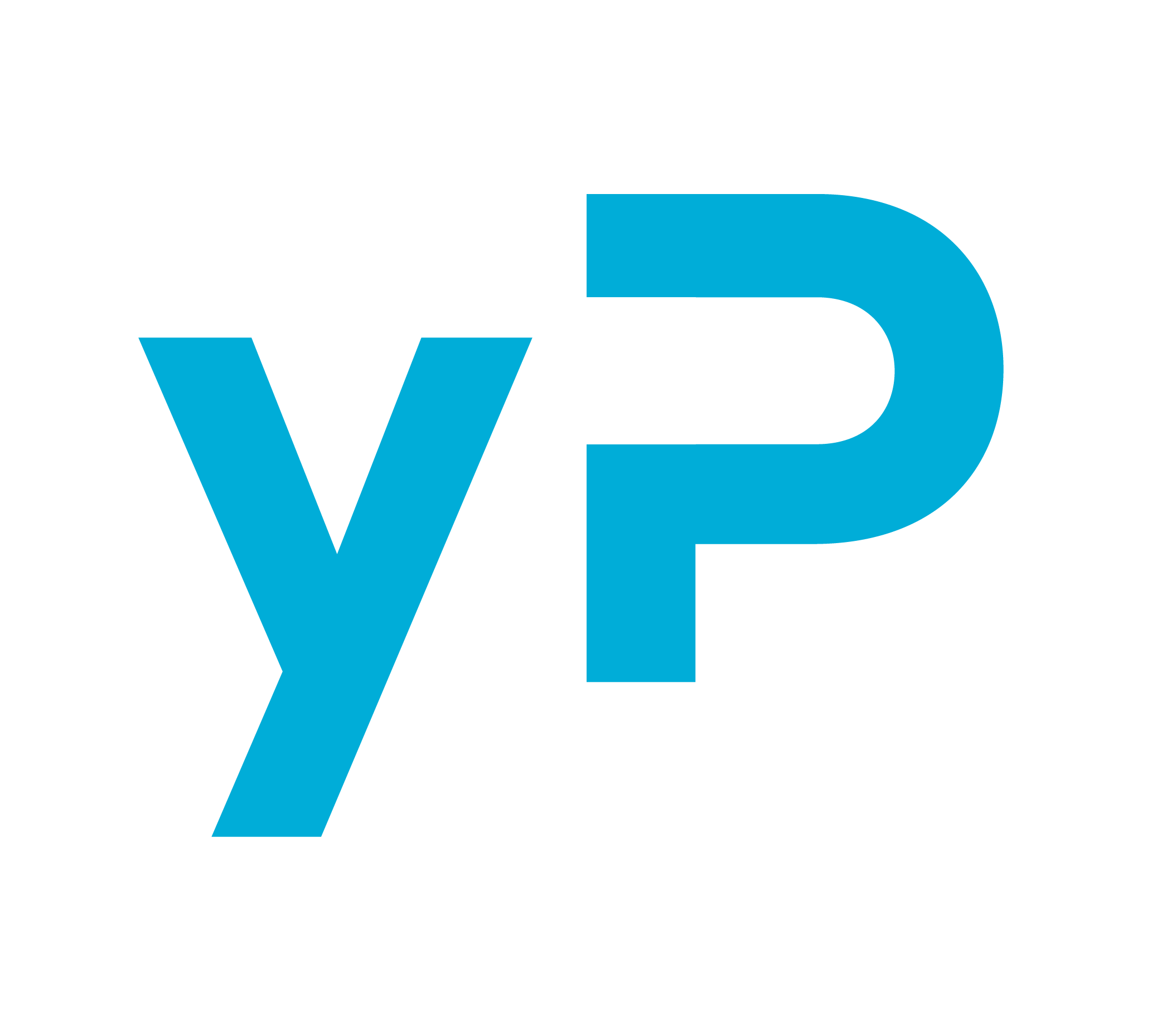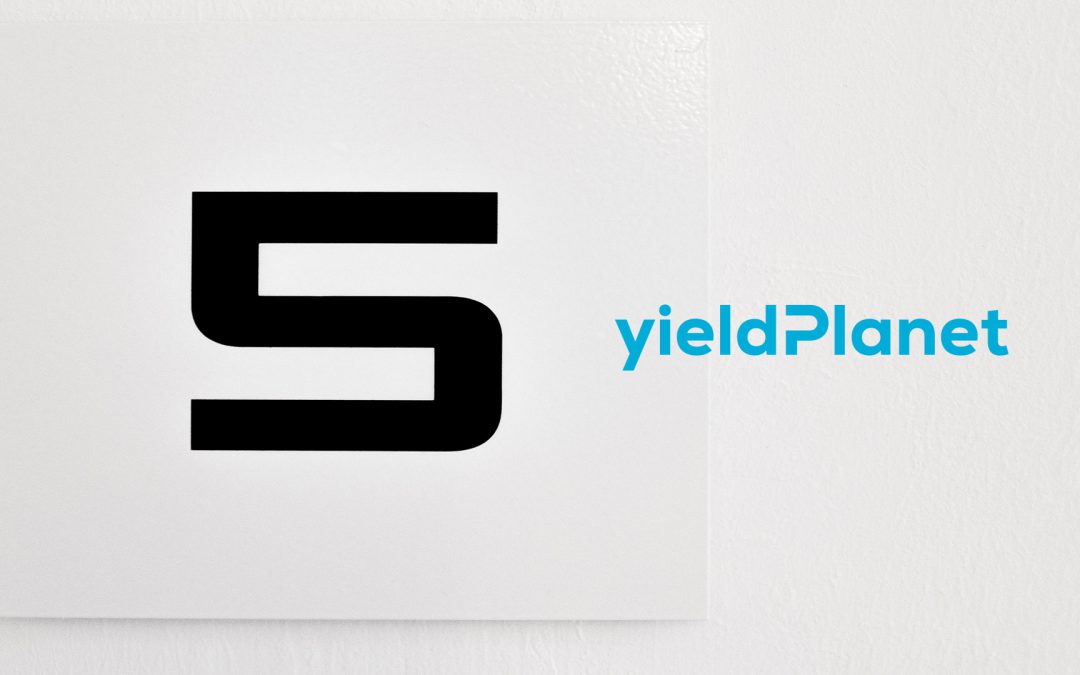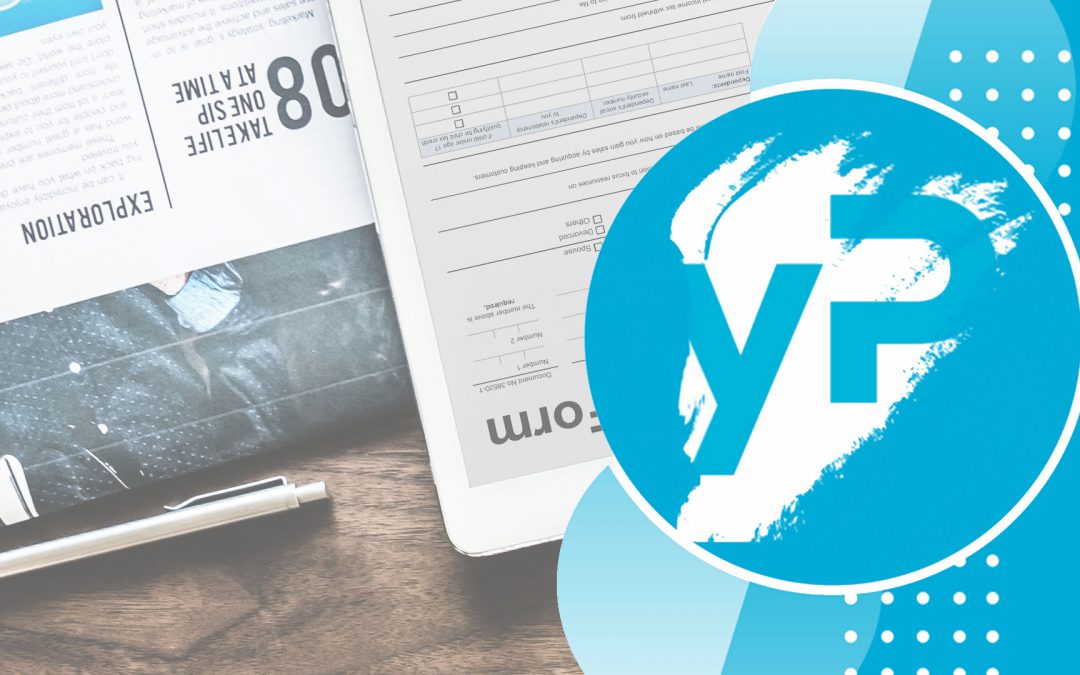Implementing an Appropriate demand – driven Inventory Control Strategy
Once a hotel knows the cost of each channel, then a demand-driven inventory control strategy, taking into consideration the channel costs, needs to be executed. Applying stay controls can be a very complex issue and many hoteliers underestimate the impact the controls have on revenues — both positively and negatively. If used without a complete understanding of the full impact on all stay patterns, stay controls can ultimately be devastating to a hotel’s revenue (domino effect). If applied properly and carefully, the hotel can truly capture the optimal business. However, if applied without an understanding of the impact, the hotel can miss opportunities and turn away significant amounts of business.
Prior to applying inventory controls there are some items that must be understood and considered. The first is the general rule of thumb that in order to apply any stay control(s) there must be periods of excess demand. Otherwise, the hotel will be turning away business unnecessarily. More about this and its impact will be addressed in the stay pattern management section.
Before any inventory control strategies are implemented it is also important to know the impact of overselling, walk costs, channel management, and managing group wash. Each of these areas has a direct impact on inventory control.
Overselling
Management wants to ensure the hotel reaches its maximum potential capacity for any given stay pattern in order to maximise revenue. Sometimes that means selling out the hotel to 100% capacity. It is often necessary to oversell the hotel in order to achieve this goal.
Overselling is the practice of accepting more reservations for a particular day than there actually are rooms in the hotel. This is in order to compensate for the estimated wash factor. The wash factor is the hotel’s estimate of no-shows plus cancellations and early departures.
Knowing how much to calculate as a wash factor can be quite challenging. The wash factor is determined by taking the historical no-show and cancellation information that is being tracked by the hotel and comparing it to the current booking pace activity. Additionally, it is important to look at the number and breakdown of arrivals. For example, the number of guaranteed reservations versus non-guaranteed reservations will be a factor in estimating potential wash.
When considering an oversell strategy it is important to include all costs associated with this — both tangible and intangible.
“Walking” is the result of what needs to happen when a hotel is oversold and the no-show plus cancellation estimate is too high. This means that a guest has a guaranteed booking at a hotel but the hotel will not be able to accommodate the guest for that night. Therefore, the guest is “walked” to an alternative hotel facility. The process of “walking” can be handled in two different ways. The first is probably the most common practice. The guest arrives at the hotel to find that the room reserved is not available and they will be staying at an alternate location — ideally already selected and reserved by the “walking” hotel. The second and less common practice is when a hotel contacts the guest prior to their arrival to inform them of the alternative hotel arrangements. This latter practice typically happens in a situation of extreme oversell.
The costs associated with “walking” are both tangible and intangible as stated above.
Some of the tangible costs are obvious such as the payout to the receiving hotel to which the guests are being sent, and any corresponding transportation costs such as taxis. These are normally absorbed by the hotel needing to “walk” their guests.
The intangible costs are a little bit more difficult to identify and many times are not weighted as heavily as they should be. Some intangible costs associated with overselling thus resulting in a “walk” are:
- A potential loss of a customer to the competition. This guest may not return again regardless of the efforts made by the hotel to make the situation as comfortable as possible.
- Loss in the hotel’s reputation due to the need to walk the guest. Unfortunately, viral marketing can work in reverse in this type of situation. Customers who have had a bad experience with one hotel can verbally spread the word and the hotel may develop a poor reputation.
A pound value should be put against both of these items so it can be included in future displacement analysis.
One other point that needs to be considered is a cross between the tangible and intangible costs and that is distance between the original hotel and the location to which the guest is walked. This can vary based on the time of year. For example, during a peak time in England, a hotel in Manchester Centre will have a very difficult time finding an available hotel within a reasonable distance. Therefore, the pound value that is placed on a “walk” during peak time in central Manchester should be much higher than it is at other lower-demand times of the year.
The following is an example of how to arrive at a “walk” cost.
The “walk” cost is important to take into consideration when implementing inventory management. If the controls are not appropriately applied, and the hotel has to “walk” customers, it is important to understand the complete impact for the hotel.
That being said, it is important to understand that the practice of overbooking which results in “walking” is a cost of doing business. There is a risk involved but hoteliers should not be in fear of implementing this practice as, if done right, it can greatly help to optimise revenues. As long as the hotel does not find a large number of “walks” being done regularly, then this is something that must be worked into the overall strategy and even budgeted for.
Stay pattern Management
In addition to a demand-driven inventory control strategy, stay pattern management can further enable a hotel to maximize revenues. A reservation’s stay pattern is the combination of arrival date and length of stay.
When maximizing revenue you want to accept the optimal number of reservations for each stay pattern, not the greatest number of reservations for each individual day.
The reason for this is because taking as many reservations as possible for one day could preclude a longer length of stay that includes that day, thus losing potential revenue for the surrounding days. This lost revenue may not be made up by shorter lengths of stays running through those surrounding days.
Example:
Stay Pattern 1 Arrival 10th November, one-night stay
Stay Pattern 2 Arrival 9th November, three-night stay
If all available rooms on 10th November were sold to Stay Pattern 1 and then a request was received for Stay Pattern 2, the hotel would have to turn away Stay Pattern 2, thus losing potential revenue for 9th November and 11th.
A day’s total unconstrained demand is the sum of room nights from guests wanting to arrive on that day plus room-nights generated by guests who would arrive earlier and stay through.
Stay pattern management works to achieve the optimal mix of stay patterns through each potential sold out date by limiting the stay patterns going through that date. Because the overall objective is to maximize revenue and not occupancy, it is possible to have a solution in which a potential sold-out day does not sell out and yet revenue is still maximized.















